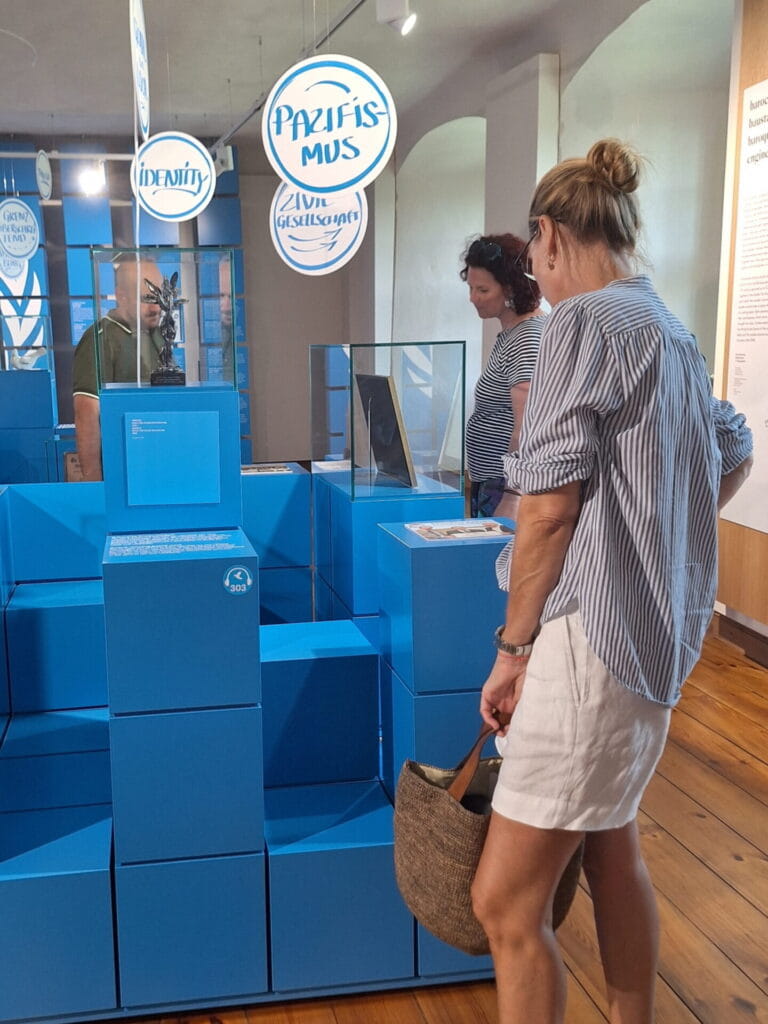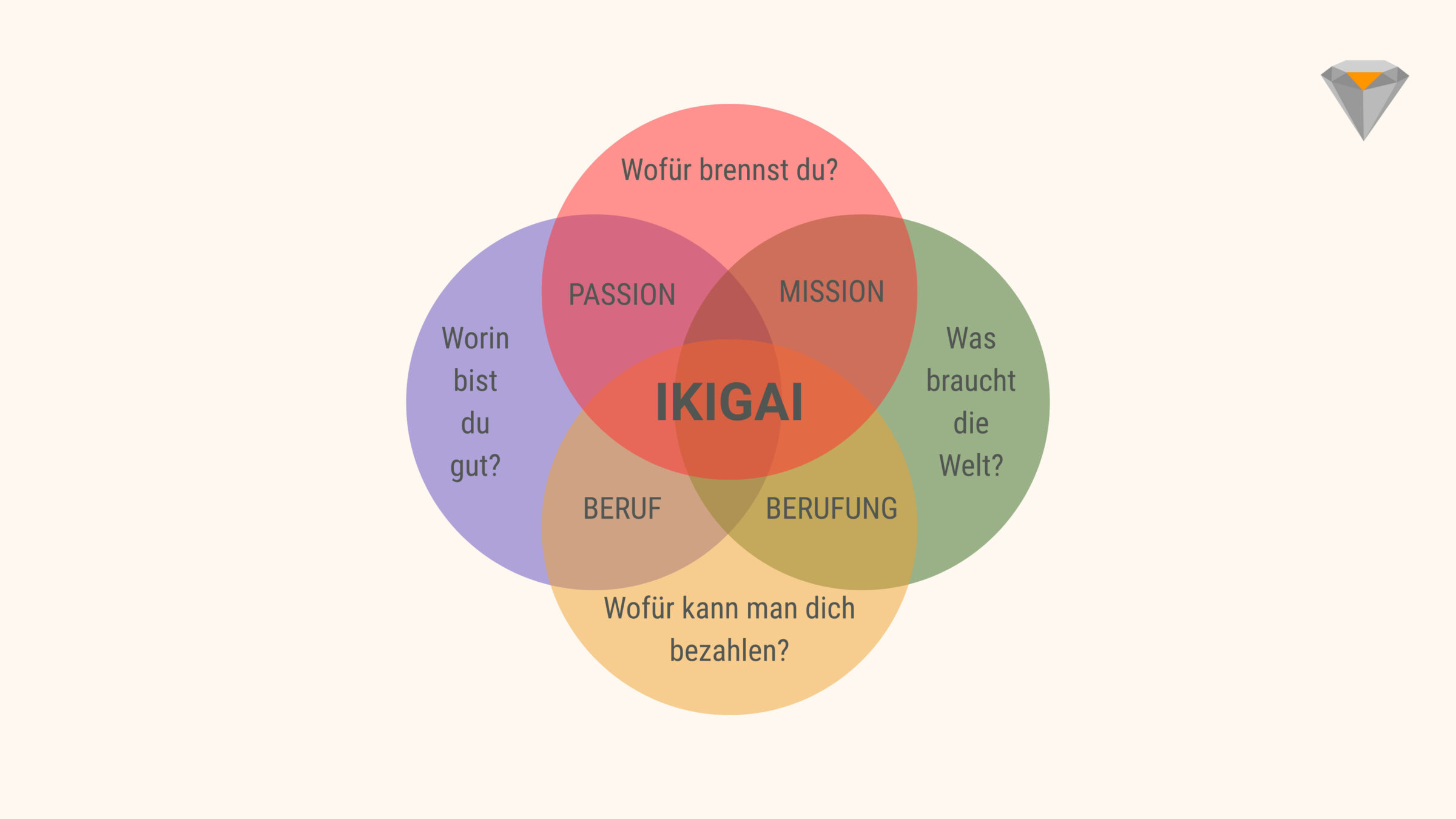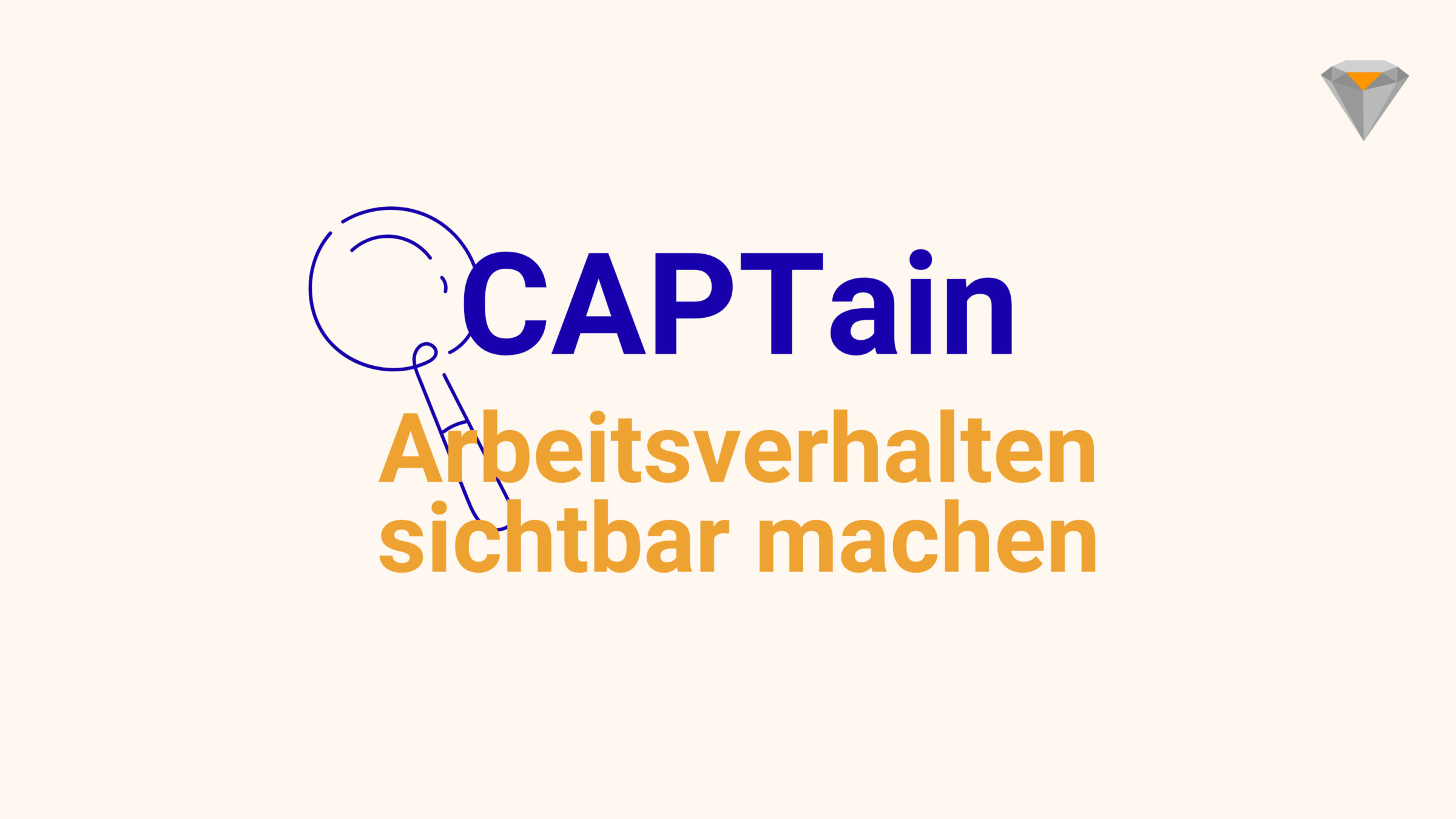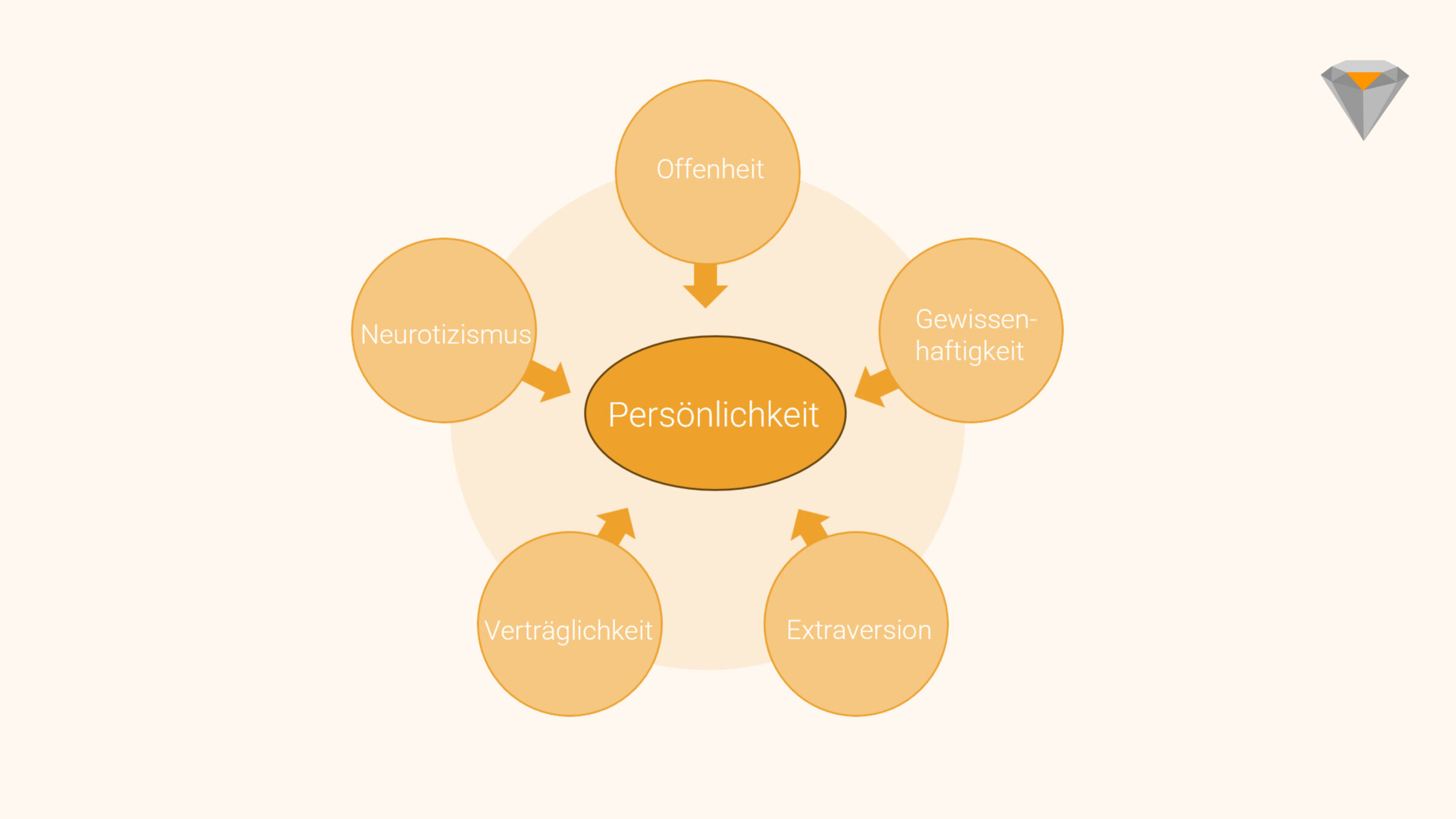At hrdiamonds, the year 2024 is is under the banner of peace. We address this important topic at team events, discuss it in our quarterly meetings and also engage intensively with it on an individual level. To further deepen our understanding, we have now visited the so-called "Peace Castle" in beautiful Burgenland as a team.
Schlaining Castle, located near the former "Iron Curtain", is an internationally important place for conflict mediation, peace research and peace education. The exhibition "Peace and Democracy", which highlights the commitment of the Austrian Center for Peace (ACP), was particularly impressive. We were given a guided tour full of exciting and moving stories.
One part of the exhibition, which was dedicated to methods of conflict resolution, particularly resonated with us. Numerous parallels to conflict management in the world of work became apparent here. We also use many of the models that are used in peace work in our mediations, trainings and workshops.
Here are some examples of the models that we at hrdiamonds also like to use:
- Non-violent communication according to Rosenberg: Including the distinction between "wolf language" and "giraffe language" to clarify the role of language in conflict management.
- Maslow's pyramid of needs: Helps to make needs and motivations tangible.
- Friedrich Glasl's model of conflict escalation: For assessing the level of conflict and suitable intervention strategies.
These models are omnipresent in our work and are essential for dealing constructively with conflicts. It was inspiring to see them presented so well in this exhibition.
What methods or approaches have you used in your work to resolve conflicts? Do you have any experience using these models?












